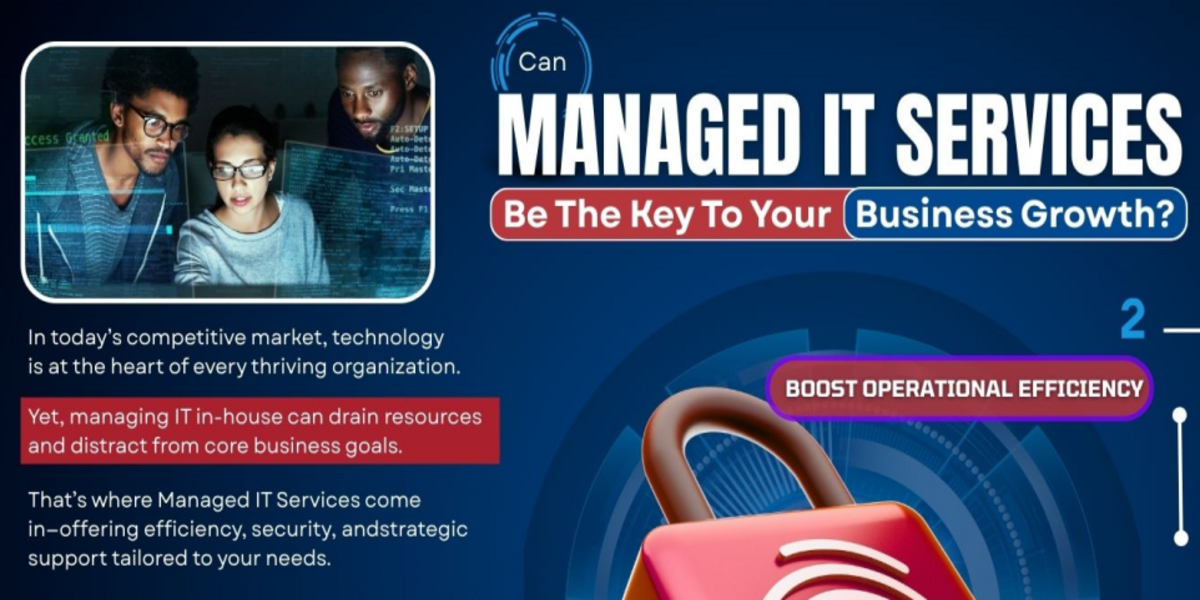Let’s start with what purchasing and procurement are. Purchasing is the act that is concerned with the cost of the order, whereas Procurement is concerned with the creation of value and the total cost of ownership. While purchasing attempts to reduce the cost of an order, Procurement focuses on risk reduction, contract compliance, savings of cost, and long-term supplier relationships, among other things.
In this article, we will talk about the terms of purchasing and procurement management and purchasing management tools that you should know.
Purchasing and Procurement management encompasses a vast outlook of procedures and operations. A complete terminology vocabulary represents this enormous number of processes, services, procedures, and operations.
Difference Between Purchasing and Procurement
The critical difference between purchasing and procurement is that the purchasing process focuses on how items and services are obtained and bought, such as raising purchase orders and arranging payment. In contrast, procurement focuses on the strategic process of product or service sourcing, such as researching, negotiating, and planning.
Right now, we aim to cover some of the most up-to-date, relevant, and essential purchasing and procurement words that any supply chain and sourcing team should be familiar with. Many different objects, such as products, assemblies, components, and raw materials, are handled at a factory. There are two forms of demand for these products: items whose demand happens independently of other items and items whose demand is necessary due to another demand.
The Independent Demands
“Independent Demand” refers to things whose demand is not reliant on the demand for other items. Finished products readily manufactured for consumer sale usually demand items of their own accord. Customers’ requests for goods, kits, and service components generate independent demand.
This demand occurs for each item in a separate and unrelated manner. As a result, it’s utilized to create the manufacturing schedule. Products that have been completed independent demand products are those that are requested by third parties or made for stock and sale. Independent inventory demands are based on confirmed Customer orders, predictions, estimations, and previous historical data.
What is a Landed Cost?
Contiguous on purchasing and procurement management and the purchasing management tools, we focus on landed costs. The entire cost of transporting a product is the landed cost. Typically, the word refers to fees and taxes associated with the foreign shipment. The entire cost of a product, including all logistical costs, is the landed cost.
The price of a quantity of a product and the shipping, handling, and warehousing costs are all included in the landed cost. Next on the purchasing and procurement management list, we have lean manufacturing. Lean manufacturing is a concept that focuses on minimizing and reducing waste while simultaneously increasing productivity in industrial operations.
What is Lean Manufacturing?
Anything buyers do not feel provides value and are unwilling to pay for is considered waste. Lean manufacturing is recognized as a concept that emphasizes improving efficiency by lowering the material, time, and monetary consumption all at once. The primary premise of lean manufacturing is to remove waste to enhance a process over time. Lean manufacturing creates customer value by decreasing waste and improving processes over time.
Products, products, or services that demand time, money, or expertise but do not add value to the client are examples of waste. Underutilized talent, surplus inventory, and inefficient or wasteful processes and procedures are examples of these. Removing these inefficiencies should simplify processes, decrease prices, and give savings for a specific product or service to the client through the supply chain. Well-organized Procurement is at the heart of lean production.
Let’s move on to the Life Cycle Assessment of products…
LCA
A Life Cycle Assessment (LCA) is defined as a systematic examination of a product’s or service’s possible environmental implications throughout its life cycle, succeeding the list of purchasing and procurement management. Life cycle assessment examines the environmental effect of each phase of a product’s life cycle in sustainable and healthy procurement and manufacturing environment.
A product’s environmental impact is assessed throughout its life cycle, from raw material procurement through final packaging and maintenance. There are not one but three different types of Life Cycle Assessments.
- The Conceptual LCA – Life Cycle Thinking
- The Simplified LCA
- The Detailed LCA.
Linear Pricing in Purchasing and Procurement
Following suit on purchasing and procurement management, we have linear pricing that concentrates on the reference to things whose unit price does not change based on the amount ordered. In other words, when an item is priced linearly, no discounts may be applied to large orders.
Non-linear pricing, on the other hand, involves price variations based on the amount bought. The owner of a small firm can choose between two pricing plans when pricing its goods and services. Regardless of the number of units purchased, the linear pricing mode keeps the same per-unit price. Long-tail spending is the next thing on the list, which is the total of all expenses related to Procurement but are not managed by the procurement department.
Long-Tail
The 20% of spending that generally remains uncontrolled inside an organization is known as tail-end spending, long-tail, or poor value spending. This 20% is distributed among various spend categories and a significant number of low-value transactions with various providers, many of which are utilized only occasionally.
Conclusion
In conclusion, the process of procurement and purchasing is not simple. They involve a wide range of activities and processes. The cost of the order is the focus of the purchasing process. A product’s environmental effect is evaluated from raw material acquisition through final packing and maintenance. It would help if you had software that could manage it all.
Why not give SimplyPurchasing a shot? SimplyPurchasing is a purchasing and procurement management software tool that streamlines all your purchasing and procurement done at a company.



